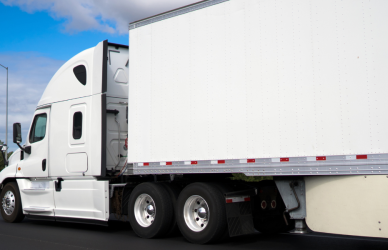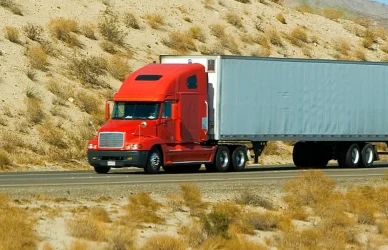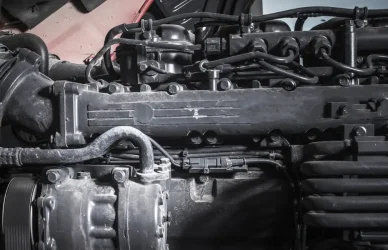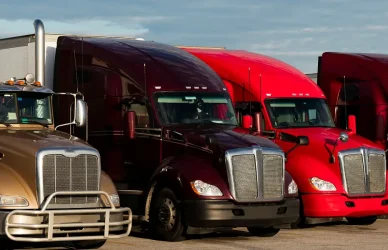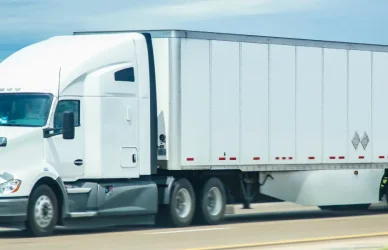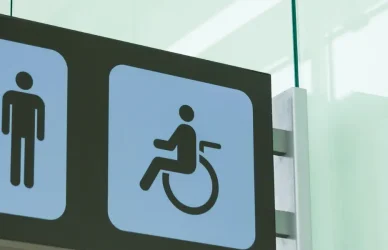The National Highway Traffic Safety Administration (NHTSA) Advisory Committee on Underride Protection (ACUP) convened to address underride crashes and fatalities, focusing particularly on trailers. In their recent meeting, the committee passed a resolution recommending that trailers built since 1998 adhere to Insurance Institute for Highway Safety (IIHS) ToughGuard standards. These standards ensure rear impact guards effectively mitigate passenger compartment intrusion and promote crash compatibility.
“[It’s a] step that can be taken today to prevent underride crashes on hundreds of thousands if not millions of trailers,” said Aaron Kiefer, a committee member who represents motor vehicle crash investigators.
Doug Smith, representing motor carriers, emphasized the impracticality of retroactively applying this standard to trailers manufactured before 1998 due to their extensive lifecycle.
“Yeah, they’re out there, but they’re a very small percentage,” he said.
Conversely, Harry Adler, representing truck safety organizations, argued for the inclusion of older trailers, citing wear and tear and the possibility of their reactivation.
Additionally, the committee proposed extending rear impact guard standards to single-unit trucks and enforcing conspicuity standards. The IIHS ToughGuard award, established in 2017, is granted to trailers passing rigorous crash tests without underride.
While the committee focused on rear underride during their meeting, they deferred action on side underride pending further evaluation. NHTSA previously solicited feedback on mandating side underride guards, estimating potential lives saved but also acknowledging the substantial financial implications.
Additionally, with “a weight increase of 450 to 800 pounds per trailer, requiring side underride guards is estimated to increase lifetime fuel costs for new trailers entering the fleet each year by approximately” $200 million to $450 million, NHTSA wrote.
The DOT’s report suggests exploring alternative approaches due to cost considerations outweighing the benefits of a mandate.
Source: Commercial Carrier Journal





